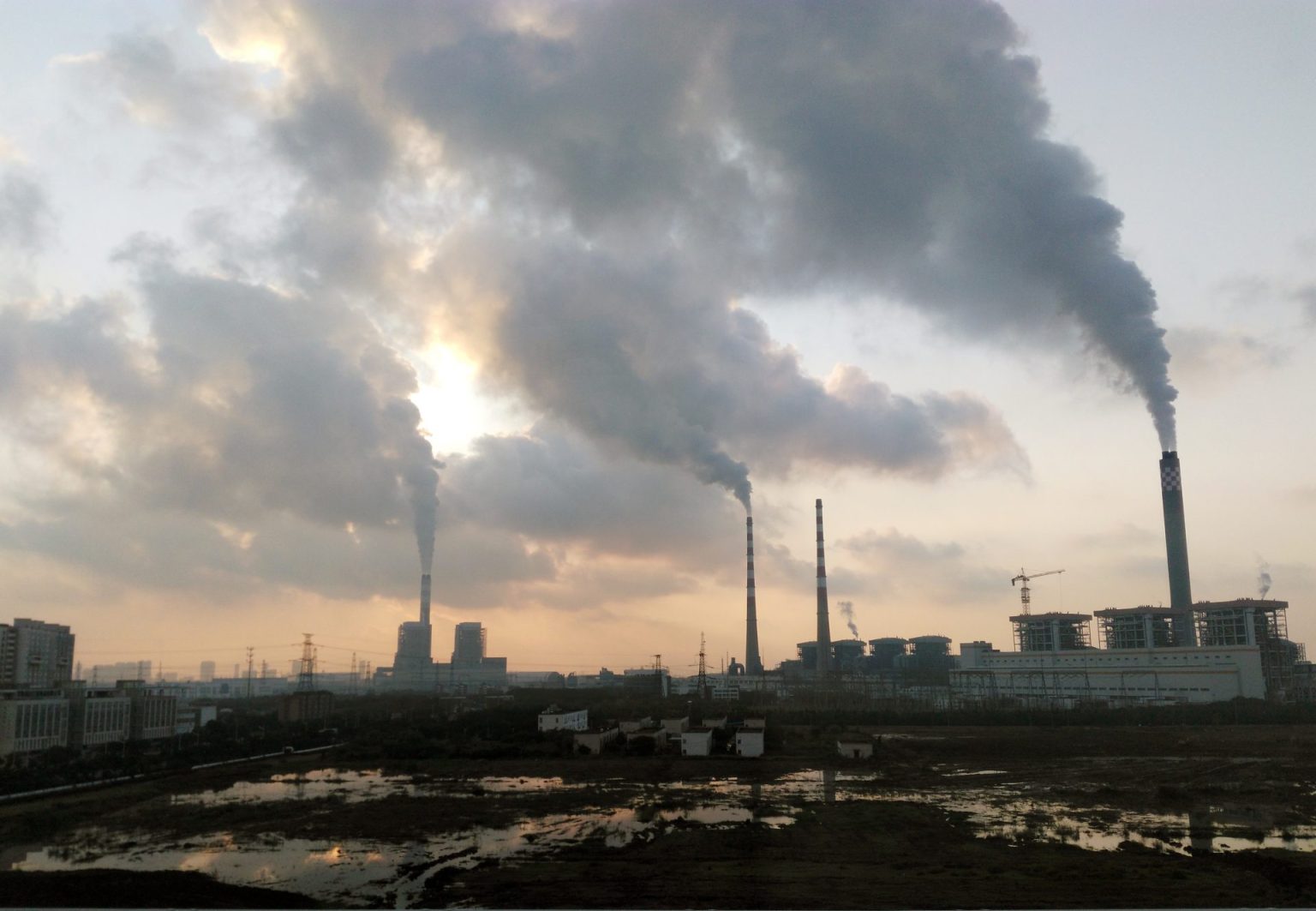Can China and Germany Bridge Their Differences on Coal to Fight Climate Change?

According to the president of the German Environment Agency, Dirk Messner, China and Germany may have differing views on coal, but they can still learn from each other on decarbonising industry. In an interview with the South China Morning Post in Beijing, Messner emphasized the importance of China in the fight against climate change, citing the fact that one-third of all global carbon dioxide emissions come from China.
He believes that China and Germany have similar industry structures and can cooperate on decarbonising industries such as car, steel, and concrete. While China is the world’s largest manufacturing power, accounting for approximately 30% of global manufacturing output, industry is the foundation for economic development in Germany, making up about a quarter of the nation’s GDP. “China for us is very important because it is a big economy and also a large emitter.”, said Messner. “One-third of all global [carbon dioxide] emissions are coming from China, so without China, we cannot solve the climate crisis.”
China has set a target for the nation’s industrial sectors to reach peak carbon emissions before 2030 under a plan released in August, and has also pledged to achieve carbon neutrality by 2060.
Messner was in Beijing in late April for talks with his Chinese counterparts under the Sino-German Track II Dialogue on Climate Change and Sustainable Development. During these talks, the parties discussed long-term emission reduction schemes, data and transparency, loss and damage due to climate change, and biodiversity conservation.

China’s progress in the electric vehicles sector was praised by Messner, suggesting that China could learn from Germany’s automotive industry experience. Messner, however, expressed concern over China’s continued approval of new coal plants in recent years. According to a Greenpeace report in April, China approved more new coal in the first quarter of this year than it did for the whole of 2021.
In 2022, China approved at least 90 gigawatts of new coal power was approved – five times the total capacity approved in 2021. Meanwhile, Germany is moving away from coal. Its cabinet approved a draft law in November to phase out coal-fired power plants in the western state of North Rhine-Westphalia by 2030, bringing forward the previous target of 2038.
Messner believes that it is imperative for countries to transform their energy, mobility, and industry structures to combat climate change. He stressed that the Intergovernmental Panel on Climate Change is urging countries to halve global emissions every decade to become climate neutral by mid-century. Messner emphasized that cooperation between China and Germany is critical in fighting climate change, and China’s importance cannot be overstated due to its status as a big economy and large emitter. “The most important driver of emissions in China is coal. How to move out of coal and to build a more flexible renewable energy structure is … something which is very important,” he said.
Despite concerns about climate change, China still relies heavily on coal as an energy source. Coal accounted for 56.2% of its total energy consumption in 2022, up from 56% in 2021. The country has a large coal industry, and coal is relatively cheap and abundant, which makes it an attractive option for meeting China’s energy needs.
Furthermore, China is rapidly expanding its economy, triggering unprecedented an unprecedented increase in energy demand. To keep up with this demand, the country needs to build more power plants, and coal is often the easiest and most cost-effective option. However, this approach is not sustainable in the long term, as coal is a significant contributor to greenhouse gas (GHG) emissions, which are a major contributors to climate change.
Despite building new coal power plants, China has also made significant progress in developing renewable energy sources such as wind and solar power. The country is the world’s largest producer of renewable energy, accounting for approximately 30% of its energy mix in 2022.
While the world has great cause for concern for China’s increasing reliance on coal, the country has expressed interest in collaborating with world powers to find solutions to meaningfully address climate change.
CleanEarth Media
Popular Now
More From Clean Earth










